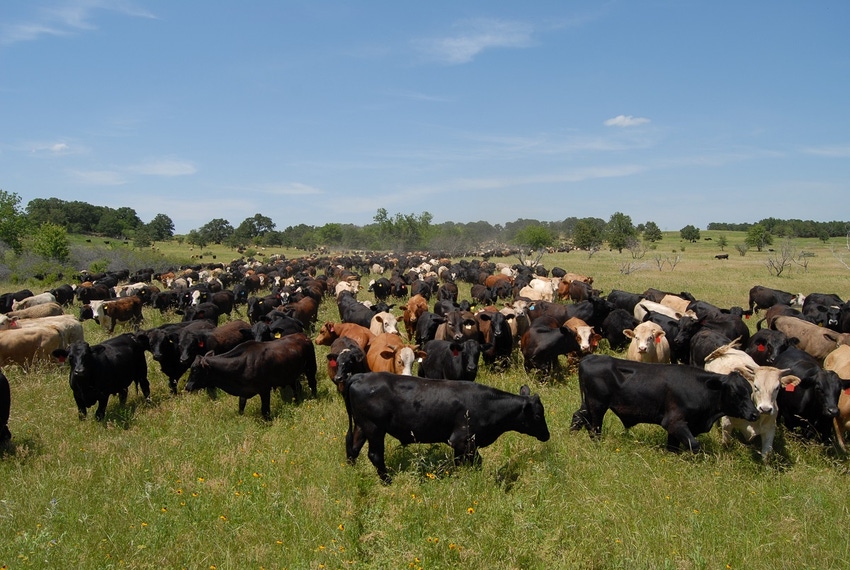
When we begin to seriously study natural systems it is imperative for us to realize that there is too much complexity out on the farm or ranch pastures for us to gain anything close to a complete understanding.
We struggle to accept this. King Solomon wrote 4,000 years ago that “pride comes before destruction.” Few truths have ever been truer.
That's why we need to study and learn the principles of natural systems, and learn to apply those principles to our particular ecosystem and operation. The principles are simpler than the millions of moving parts. It is legitimate for us to add a little input here and take out some of the negatives there. But declaring war with nature is always a mistake. We must learn and adapt the natural model principles and then apply them with a goodly degree of efficiency.
These nine principles are worth pondering and learning.
Realize nature has complexity that is beyond our total understanding.
Limit the size and cost of our mistakes or they will take us out.
Understand the importance of profitability and from where it is derived. In our business low cost is the No. 1 profit-builder and capturing excess energy is No. 2.
The land needs to be growing and improving. This sounds agreeable but I see very few plans that result in growth of topsoil. Most of us need more topsoil and organic matter. Few producers would not improve their prosperity with the addition of a highly functional water and mineral cycle, better soil biology, and greater dynamics of the community.
The cattle are a necessity. I cannot overemphasize the fact that we must get cattle working back out on the land. They also must be functional. We have most all of the technology and husbandry knowledge now in place. It’s time to use what we know.
Healthy plants are a necessity. They are our connection to the sun which is 100% the source of life energy. The cattle connect us to the sun by way of the plants in the soil. The principle is simple, while the biology and chemistry is too complex for us to totally grasp. Also understand that plant complexity and diversity yield stability. Our economics and our cattle require a high degree of stability. Natural systems work in boom and bust cycles, but we are capable of cushioning the effects.
The soil is much more than a agent for holding a plant up, or a surface for cattle to walk upon. The soil is or should be home for tons of life on and below its surface. Bacteria and fungi are major life forces in the soil and are dependent on cattle manure and urine. Soil depends on plants and animals in order to function with a passing grade and grow and stay healthy.
Other animals and birds -- domestic and wild -- are essential. There is likely no end to the number and species of smaller creatures we need to improve our land. For example, moles aerate and subsoil the ground, birds clean up behind the cattle, and deer and goats keep the brush under control. The cattle make the big hit, the bust that brings on the boom in life. The natural model principles always allow for survival and reproduction of many species at once.
Boom and bust is the operational mode of all natural systems. In the ever-changing action of the Creator we should add disciplined chaos into a functional and highly vibrant program. We have found that our job is rather simple: We allow the pasture to recover completely and then allow the cattle to begin grazing and mostly bust the massive biomass. The birds, deer and bugs finish off the work and clean it up. The ecosystem gets back into action and collects sun energy, regrows and keeps us healthy. We just keep making a few tweaks in the process.
The natural model is nearly perfect. Our goal should be to gain this understanding and then practice what we have learned.
About the Author(s)
You May Also Like






